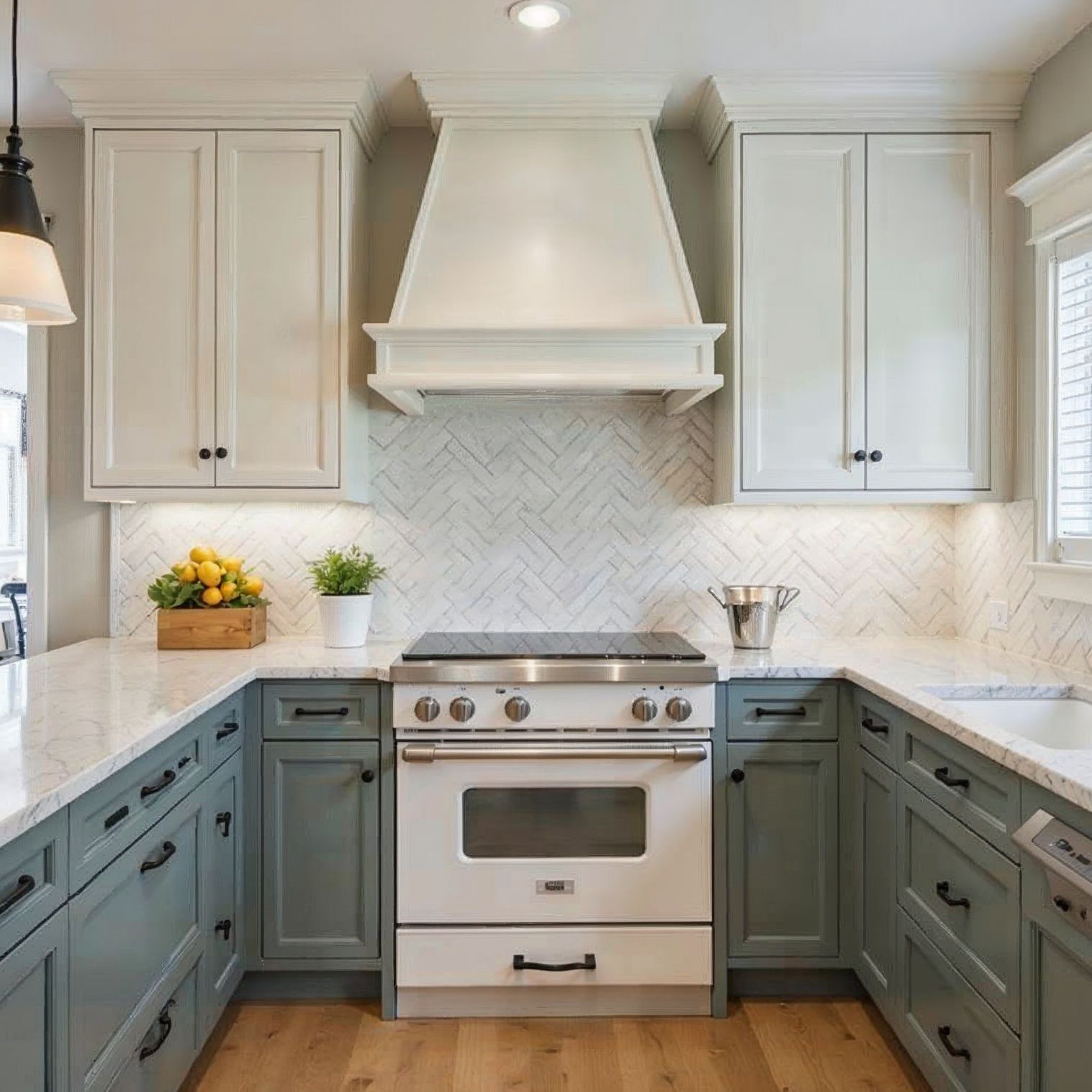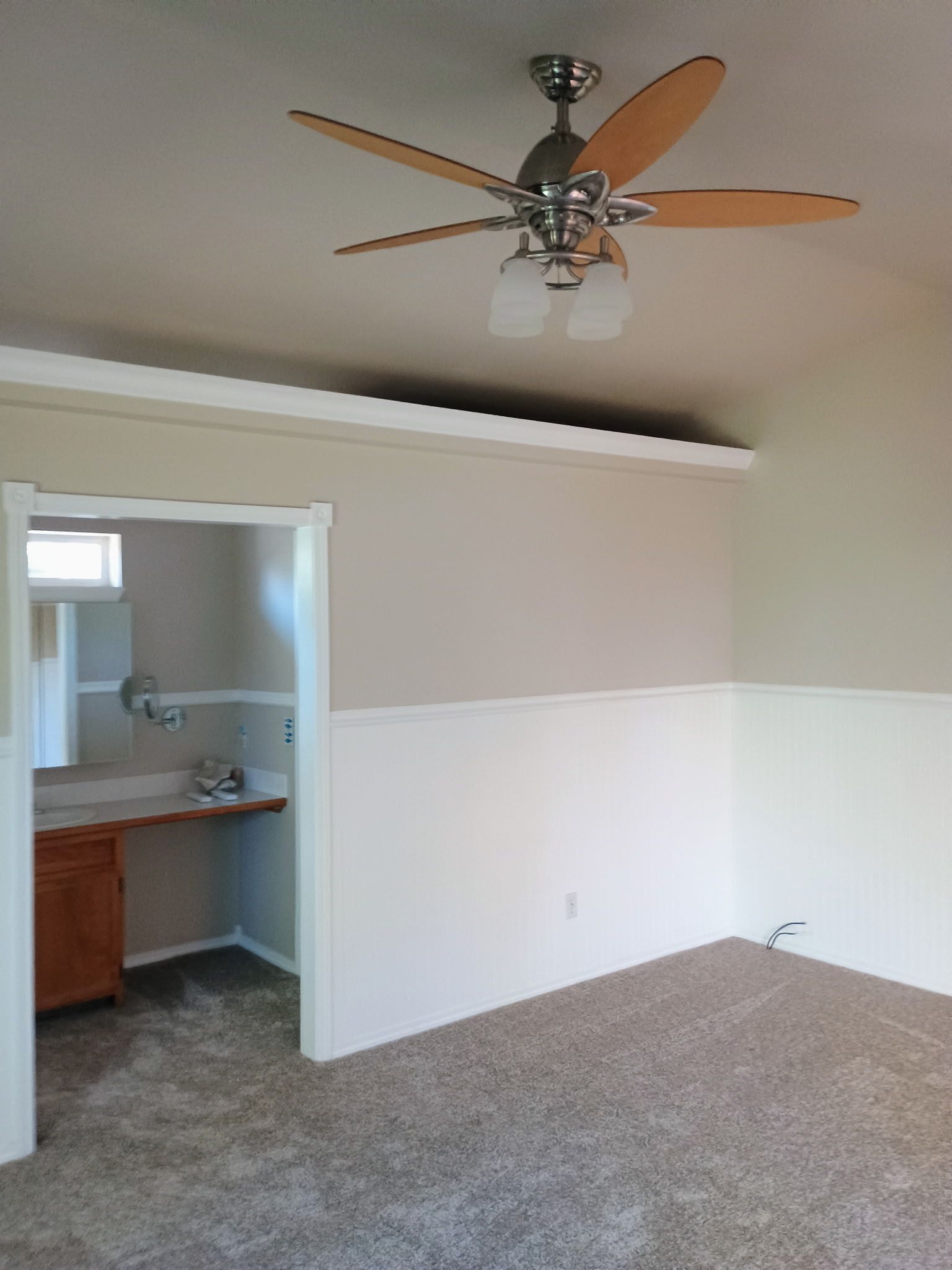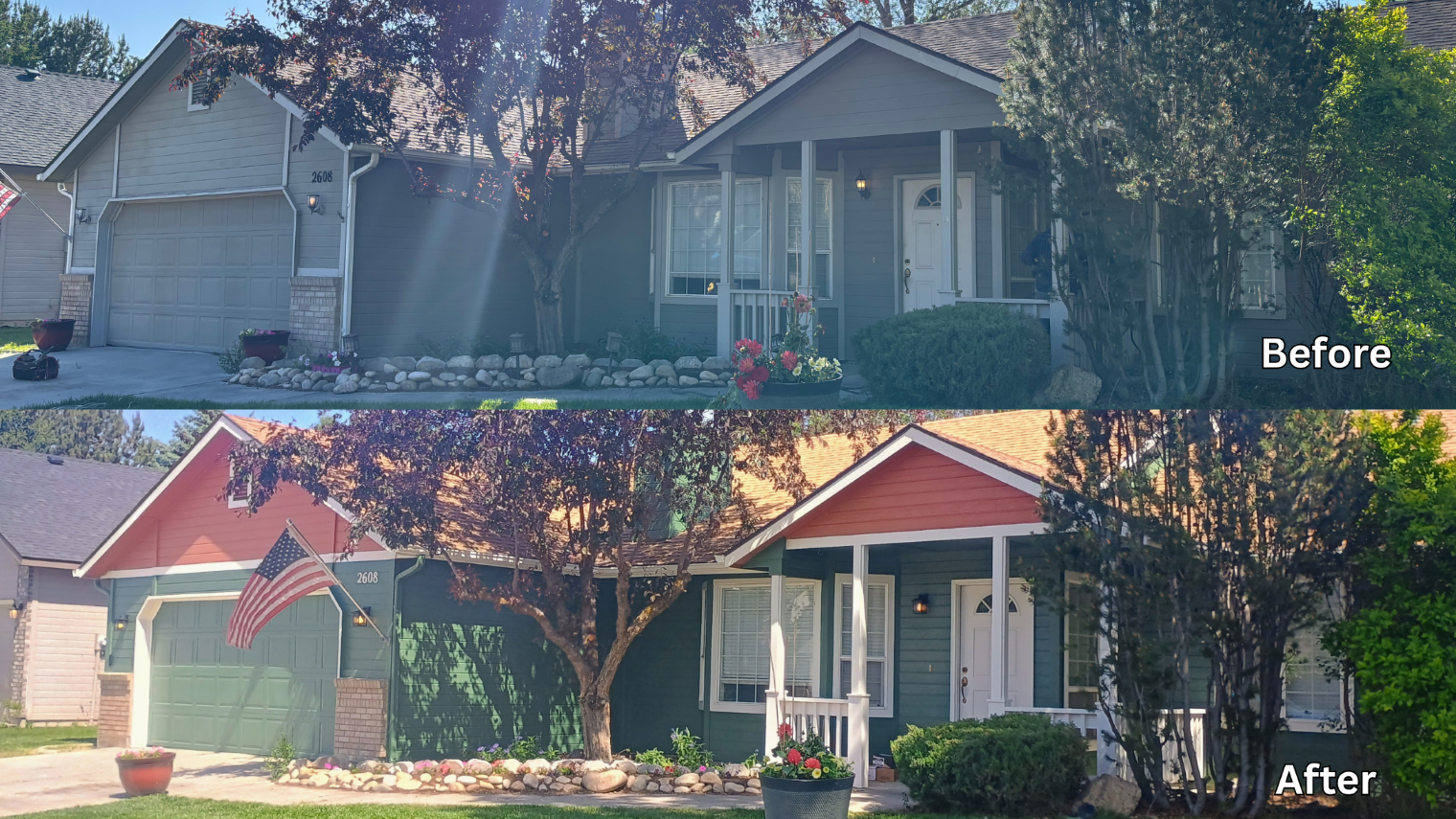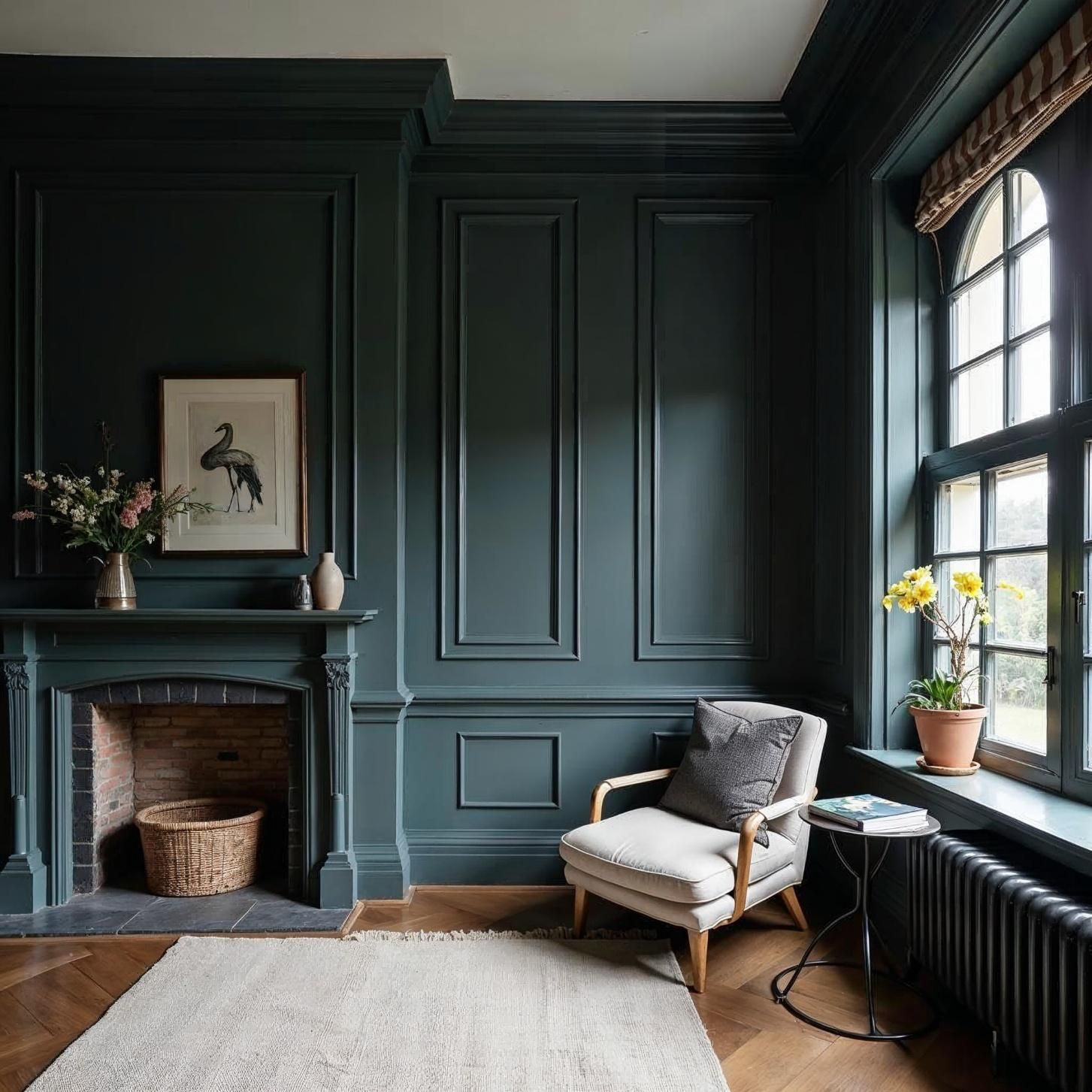
Create a Cohesive Color Scheme: Transform Your Home with Scotty's Painting LLC
Transforming your home with a fresh coat of paint can instantly elevate its ambiance, and with Scotty's Painting LLC, you get the expertise needed to achieve a flawless finish. From the initial stages of color selection to the final walkthrough, our team guides you through every step of the process, ensuring that your vision comes to life. Understanding the importance of meticulous surface preparation and the right painting techniques can make all the difference in creating long-lasting beauty. Whether it's choosing cohesive color schemes or selecting the perfect paint finishes for each room, our professional painters are here to offer their insights and craftsmanship. Ready to refresh your living space? Call us today at (208) 515-9486 or visit
our website to learn more about how Scotty's Painting LLC can transform your home with our trusted residential painting services.## Stages of Interior Painting
Interior painting involves several key stages to ensure a professional and long-lasting finish. Let's explore the essential steps in the process.
Initial Consultation and Color Selection
The first step in any interior painting project is the initial consultation and color selection. This phase is crucial for setting the tone of your space and ensuring your vision comes to life.
During the consultation, professional painters like Scotty's Painting LLC will discuss your preferences, lifestyle, and the function of each room. They'll help you navigate color trends and classic choices that suit your taste.
Color selection goes beyond personal preference. It involves considering factors like room size, natural light, and existing decor. Professionals can provide color swatches and even digital renderings to help you visualize the final result.
Remember, colors can affect mood and perception. For example, cool blues can create a calm atmosphere, while warm yellows can energize a space. Your painter can guide you through these psychological effects to create the perfect ambiance.
Surface Preparation Essentials
Surface preparation is a critical stage that often goes unnoticed but significantly impacts the final result. It's the foundation for a smooth, long-lasting paint job.
The process begins with a thorough cleaning of all surfaces to remove dust, dirt, and grime. This ensures the paint adheres properly and prevents imperfections in the final coat.
Next, any existing damage such as cracks, holes, or peeling paint must be addressed. This might involve:
- Filling holes and cracks with spackling compound
- Sanding rough areas for a smooth surface
- Removing old, peeling paint
- Applying primer to bare spots
Proper preparation can be time-consuming but is essential for a professional finish. As noted in this
Reddit thread on interior painting advice, many DIY painters underestimate the importance of this step.
Painting Techniques and Tools
The actual painting process requires skill, the right techniques, and proper tools to achieve a flawless finish. Professional painters have honed these skills over years of experience.
Cutting in, or painting the edges where walls meet ceilings or trim, requires a steady hand and precision. This is typically done with a high-quality angled brush. For larger areas, rollers are used to apply paint evenly and efficiently.
Professional painters often use a technique called "W" or "M" rolling. This involves applying paint in a W or M shape, then filling in the gaps, ensuring even coverage without visible roller marks.
The choice of tools can significantly impact the result. High-quality brushes and rollers, as well as painter's tape for clean lines, are essential. For a visual guide on proper painting techniques, check out this
helpful YouTube video.
Achieving a Lasting Finish

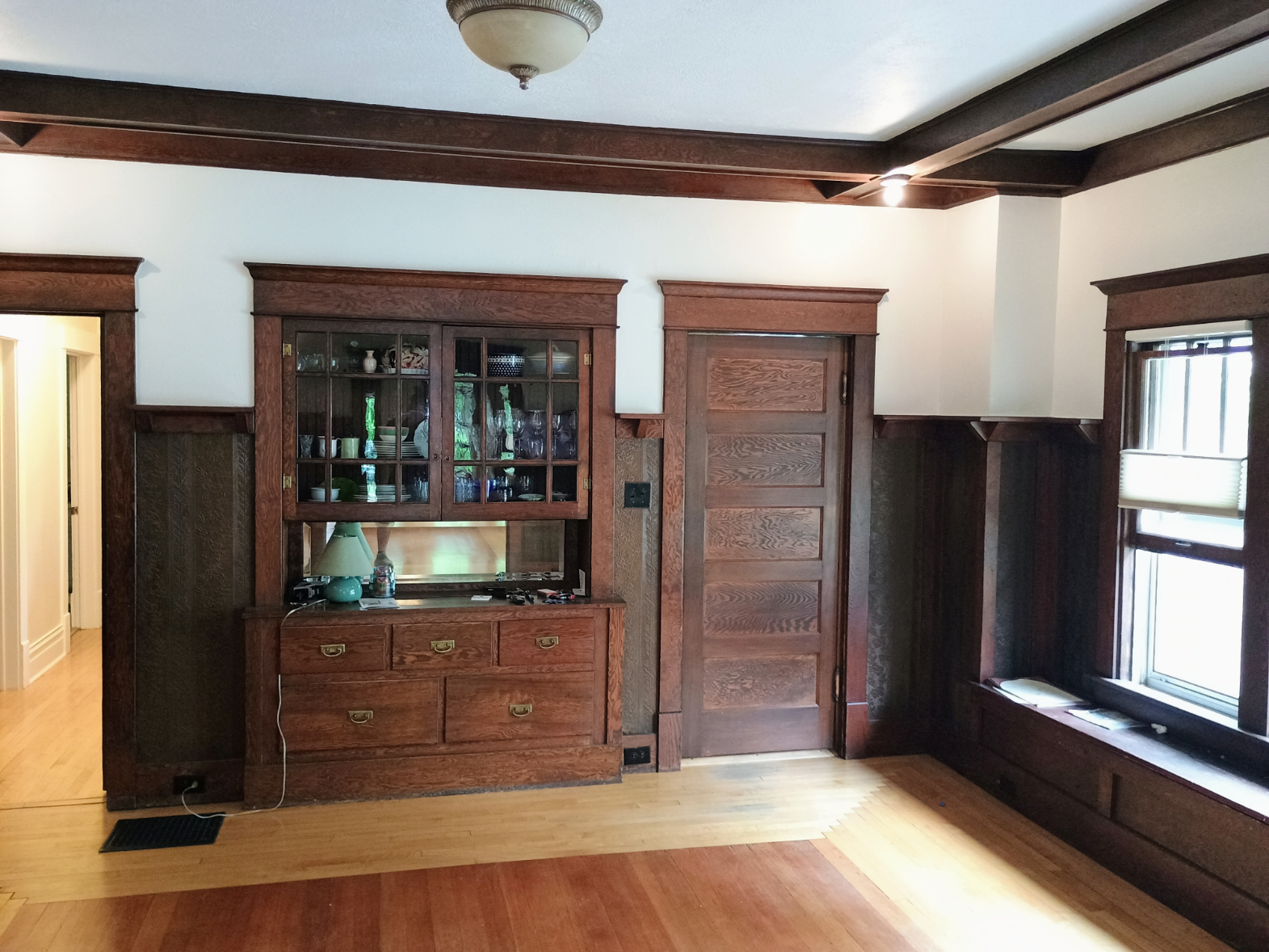
A lasting finish is the goal of any painting project. It not only looks great but also protects your walls and reduces the need for frequent touch-ups.
Importance of Paint Primers
Primers play a crucial role in achieving a lasting paint finish. They create a uniform surface for paint to adhere to, enhancing its durability and appearance.
One of the primary functions of primer is to seal porous surfaces. This prevents the topcoat from being absorbed unevenly, which can lead to a patchy appearance. Primers also help to hide previous colors, especially when making dramatic color changes.
For challenging surfaces like glossy paint or bare wood, primers are essential. They provide the necessary grip for the new paint to adhere properly. This is particularly important in high-moisture areas like bathrooms, where paint adhesion can be an issue.
Primers can also address specific problems. For instance, stain-blocking primers can prevent discoloration from bleeding through the new paint. This is useful for covering water stains or other blemishes.
While it might seem like an extra step, using a primer can actually save time and paint in the long run. It often allows for better coverage with fewer coats of paint, as highlighted in this guide to bathroom color schemes.
Selecting the Right Paint Finishes
Choosing the right paint finish is as important as selecting the color. Different finishes offer varying levels of durability and light reflection, impacting both the look and functionality of your space.
Here's a quick guide to common paint finishes:
- Matte: Low-sheen, good for hiding imperfections, ideal for low-traffic areas
- Eggshell: Slight sheen, easy to clean, great for living rooms and bedrooms
- Satin: Pearl-like finish, durable and moisture-resistant, suitable for kitchens and bathrooms
- Semi-gloss: Shiny and very durable, perfect for trim and cabinets
- Gloss: Highly reflective, extremely durable, best for doors and high-impact areas
The choice of finish should consider the room's function and the amount of traffic it receives. For example, a matte finish in a busy hallway might show marks easily, while a glossy finish in a bedroom might create unwanted glare.
Remember, different finishes can affect how a color appears. Always test your chosen color in the intended finish before committing to a full room. For more insights on selecting the right finish, check out this
article on home improvement and color psychology.
Creating a Cohesive Color Scheme
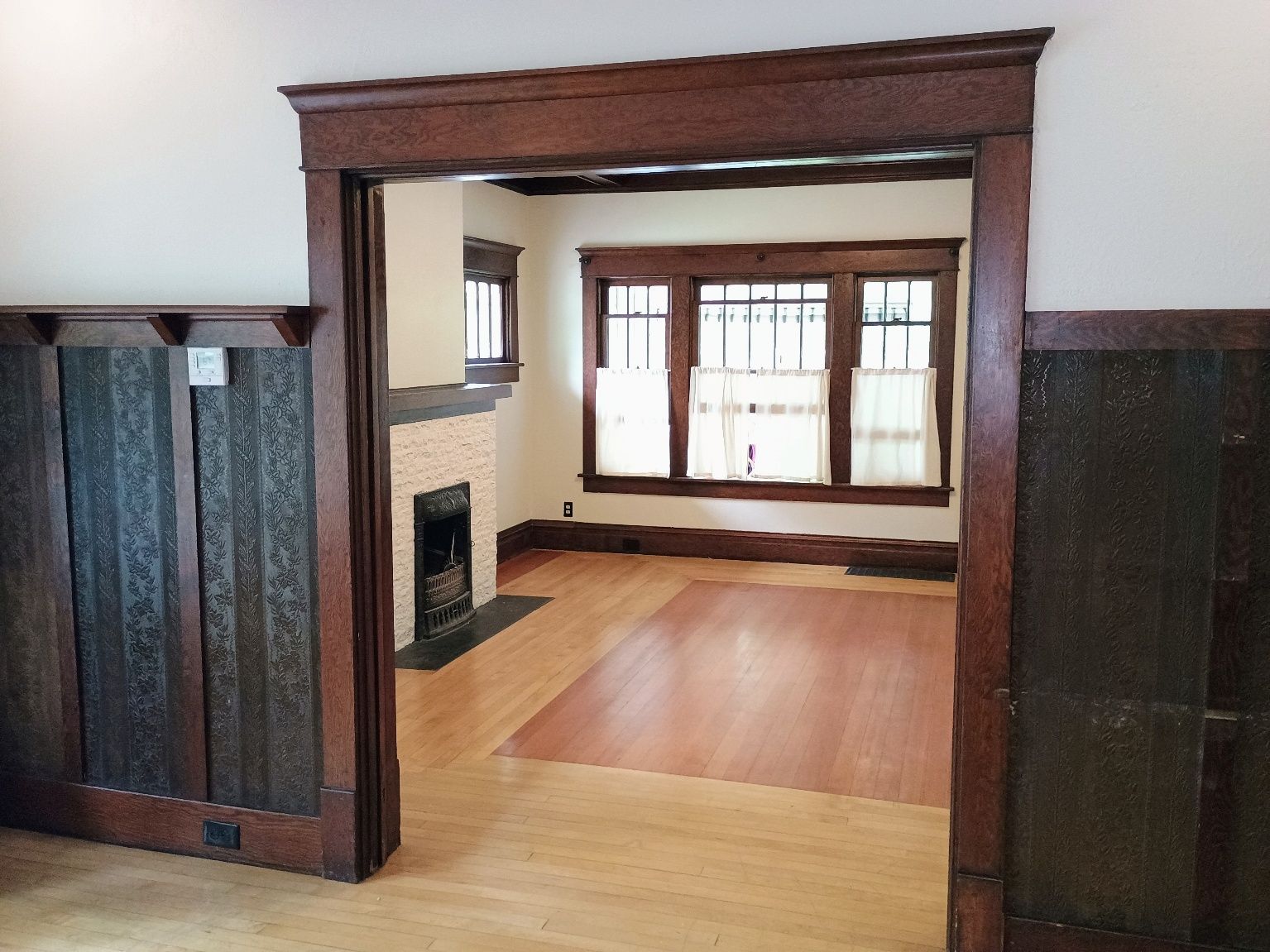
A cohesive color scheme ties your home together, creating a harmonious flow from room to room. It's about more than just picking colors you like; it's about creating a unified look throughout your space.
Tips for Harmonizing Colors
Creating a harmonious color scheme involves understanding color theory and how different hues interact. Here are some tips to help you create a cohesive look:
Start with a color palette. Choose 3-5 colors that work well together and use them throughout your home. This doesn't mean every room should be the same color, but rather that the colors should complement each other.
Consider the 60-30-10 rule: Use your dominant color for about 60% of the room (usually walls), a secondary color for 30% (like furniture), and an accent color for 10% (accessories).
Think about the flow between rooms. Colors in adjacent rooms should complement each other. You can achieve this by using different shades of the same color or colors that are next to each other on the color wheel.
Don't forget about neutrals. They can serve as a backdrop for bolder colors or create a calming atmosphere. As suggested in this guide to creating a cohesive home color palette, neutrals can be the glue that holds your color scheme together.
For more expert advice on color selection, check out these smart strategies for selecting paint colors.
Lighting's Role in Color Display
Lighting plays a crucial role in how colors are perceived in your home. The same color can look dramatically different under various lighting conditions.
Natural light fluctuates throughout the day, influencing the appearance of colors. Rooms facing north typically have cooler, bluish light, whereas those facing south bask in warmer and more consistent sunlight. Meanwhile, east and west-facing rooms undergo more variation as the sun shifts.
Artificial lighting also impacts color perception. Here's a quick guide:
- Incandescent bulbs: Cast a warm, yellowish light
- Fluorescent lights: Tend to cast a cool, bluish tint
- LED lights: Can vary, but often provide a cleaner, whiter light
When selecting colors, always test them under the actual lighting conditions of the room. What looks perfect in the store might appear entirely different in your home.
Consider how the room will be used at different times of day. A bedroom, for instance, might need to feel cozy in the evening but energizing in the morning. For more insights on how lighting affects color, visit the Scotty's Painting LLC Facebook page for regular tips and advice.
Enhancing Your Home Decor
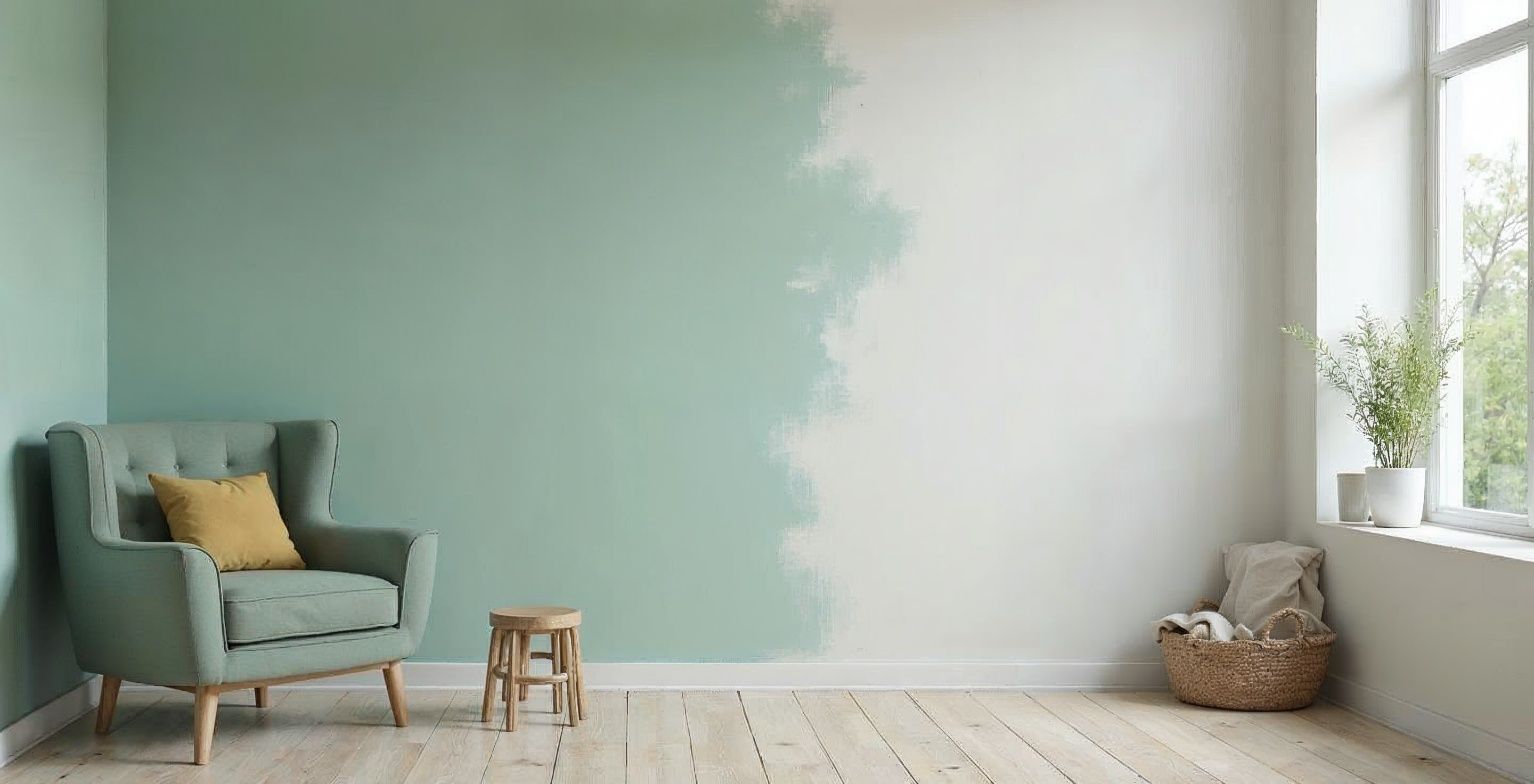
Once you've chosen your colors and applied them, the next step is to enhance your home decor to complement your new paint job.
Incorporating Decorative Elements
Decorative elements can tie your color scheme together and add personality to your space. Here are some ways to incorporate them effectively:
Use artwork to reinforce your color palette. Choose pieces that include colors from your scheme to create cohesion. Large statement pieces can serve as focal points, while smaller pieces can add pops of color throughout the room.
Textiles like curtains, rugs, and throw pillows are great for introducing complementary colors and textures. They can soften a room and make it feel more inviting.
Consider architectural elements. Crown molding, wainscoting, or a feature wall can add interest and depth to your space. These elements can be painted in contrasting colors to create visual interest.
Plants can add a natural element to your decor. They not only bring in a fresh green color but also improve air quality and create a more vibrant living space.
For more ideas on incorporating decorative elements, check out this Facebook group discussion on home design.
Avoiding Common Pitfalls
When enhancing your home decor, there are several common pitfalls to avoid:
Overcrowding: Less is often more. Don't feel the need to fill every space. Allow room for the eye to rest and for your carefully chosen colors to shine.
Ignoring scale: Ensure your furniture and decor items are proportionate to the room size. Oversized furniture can make a room feel cramped, while items that are too small can get lost.
Neglecting lighting: As discussed earlier, lighting significantly impacts how colors appear. Don't forget to consider both natural and artificial lighting when choosing decor items.
Forgetting about functionality: While aesthetics are important, your space should also be practical. Ensure your decor choices don't impede the room's functionality.
For professional advice on avoiding these pitfalls, consider consulting with experts like
Scotty's Painting LLC, who have experience in both painting and home improvement.
Maintaining Your Painted Surfaces
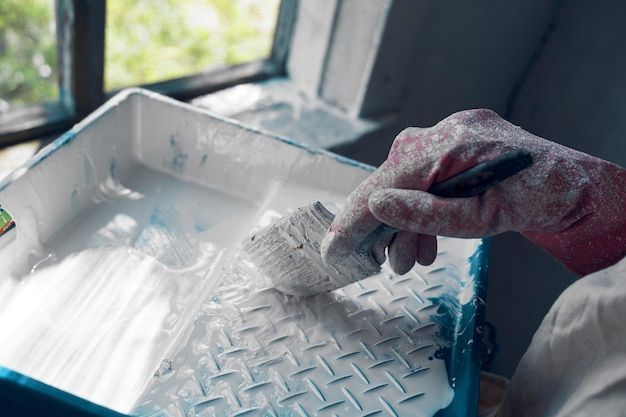
Ensuring your newly painted surfaces remain fresh and vibrant for years requires diligent maintenance.
Effective Cleaning Techniques
Consistent cleaning is crucial to preserving the aesthetic appeal of your painted surfaces. Here are some efficient techniques:
For general cleaning, employ a soft, damp cloth or sponge with mild, soapy water. Steer clear of harsh chemicals that can compromise the paint finish. Always test your cleaning solution on an inconspicuous area first.
Different paint finishes require different cleaning approaches:
- Matte and eggshell finishes: These are more delicate. Use a soft, dry cloth for dusting and a damp cloth for spot cleaning.
- Satin and semi-gloss finishes: These are more durable and can handle gentle scrubbing with a soft sponge.
- Gloss finishes: These are the most durable and can be cleaned with a mild all-purpose cleaner.
For stubborn stains, try a magic eraser, but use it gently to avoid damaging the paint. Always work from the outside of the stain inward to prevent spreading.
Regular dusting can prevent dirt buildup and reduce the need for more intensive cleaning. Use a microfiber duster or vacuum with a soft brush attachment.
Strategies for Paint Touch-Ups
Even with careful maintenance, your painted surfaces may occasionally need touch-ups. Here are some strategies for effective touch-ups:
Keep leftover paint from your project for future touch-ups. Store it in an airtight container in a cool, dry place. Label it with the room, color name, and date.
Before touching up, clean the area thoroughly and let it dry completely. Use the same application method as the original paint job for consistency.
For small areas, use a small brush or foam brush for precise application. For larger areas, you may need to repaint the entire wall to avoid noticeable differences in sheen or texture.
If you're unsure about matching the color exactly, consider hiring a professional. Companies like Scotty's Painting LLC can help ensure your touch-ups blend seamlessly with the existing paint.
Remember, paint can fade over time, especially in areas exposed to sunlight. If it's been a while since the original paint job, you might need to repaint the entire surface for a uniform look.
For more detailed advice on paint maintenance and touch-ups, visit the
Scotty's Painting LLC blog for regular updates and tips from industry professionals.






